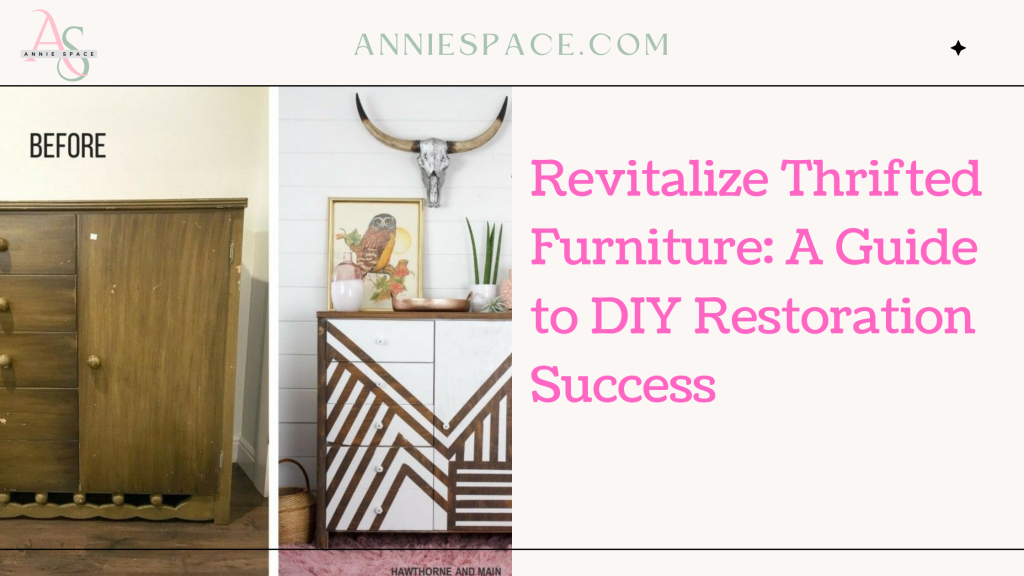Thrifted furniture often offers a unique blend of charm and affordability, making it an appealing option for those looking to furnish their spaces on a budget. However, the journey from “as-is” to a stunning centerpiece can be filled with challenges, especially when dealing with veneer surfaces and unexpected imperfections. Whether you’re a seasoned DIYer or embarking on your first restoration project, here are some tips and tricks to transform thrifted finds into cherished pieces.
1. Understanding Veneer: A Hidden Opportunity
Discovering that a piece of furniture is veneered rather than solid wood can initially feel like a setback. Veneer, a thin layer of fine wood applied over a less expensive material, can still offer beautiful grain patterns and finishes. The key is to handle veneer with care, as aggressive sanding can damage the delicate surface. Instead, use a light touch and consider chemical strippers or fine-grit sandpaper to remove old finishes without compromising the veneer.
2. Dealing with Imperfections: Embrace or Repair?
Imperfections are common in thrifted furniture and can add character or detract from the piece’s overall appeal. For noticeable dings and scratches, consider using a high-quality furniture repair putty. This product can fill in imperfections, providing a smooth surface for staining or painting. For those who prefer a more rustic or distressed look, consider leaving minor flaws visible, embracing them as part of the furniture’s story.
3. Choosing the Right Finish: Balancing Aesthetics and Protection
Selecting the appropriate stain and finish is crucial in achieving the desired look for your project. A stain like Minwax Golden Oak can highlight the grain of the veneer, giving the piece a warm, inviting appearance. Pair this with a matte clear coat to protect the surface while maintaining a natural, understated sheen. Matte finishes are particularly popular for their ability to reduce glare and add a contemporary touch to furniture.
4. Tools and Techniques: The Essentials
An orbital sander is an invaluable tool for smoothing surfaces and preparing them for staining. When working with veneer, always use fine-grit sandpaper to avoid damaging the delicate layer. For applying stain and clear coat, use high-quality brushes or lint-free cloths to ensure even coverage. Patience is key—allow each layer of stain and finish to dry completely before applying the next to achieve a flawless result.
5. DIY Projects: A Journey of Learning and Creativity
Restoring thrifted furniture is not just about the final product; it’s a journey of creativity and learning. Embrace the process, learn from each project, and don’t be afraid to take risks. Each piece of furniture has its own unique story, and your efforts add a new chapter. Whether you’re filling your home with one-of-a-kind pieces or simply enjoying the satisfaction of a job well done, the rewards of DIY restoration are plentiful.
By following these guidelines and embracing both the challenges and rewards of furniture restoration, you can transform thrifted finds into beautiful, functional pieces that add character and charm to your home. Happy restoring!



